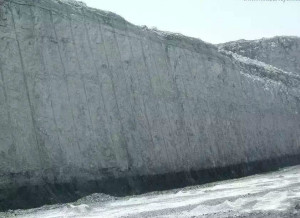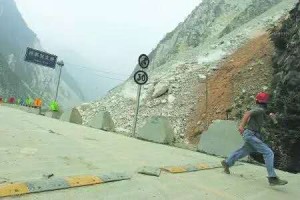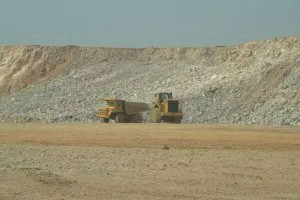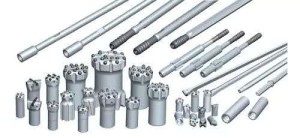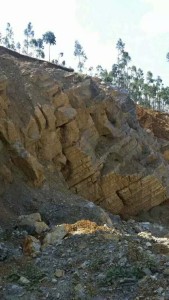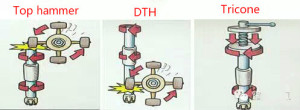As we all know, the errors in drilling depth and angle can cause the following problems:
1.safety risks: flying rocks and other issues
2. Low productivity, high total cost: blasting poor, squib or deflagration, causing chunks of rock burst rate, flying stone, increase the cost of the follow-up process.
3. High drilling consumption: drilling errors will reduce tools life and increase cost.
In order to reduce the error, we can do mainly from four aspects:
First, and most important, a competent driller
A good driller must know how to conduct the drilling program perfectly,(Work on the location and opening directly determine the accuracy of the angle and depth of the drilling),meanwhile, do the best to avoid lost productivity caused by sticking and drilling consumption.
Second, according to the drilling program and blasting rock properties to select the appropriate drilling methods, or based on existing equipment to adjust the drilling and blasting program.
Suppose a working scenario: a step height of 20 meters, many crushing rocks and crevices , with top hammer drilling rig, even the best driller,it is vwey hard for him to not skew .
Solutions:
1. Change to DTH drilling rig, reduces the possibility of deflection of sticking.
DTH is the hole bottom impact, compared to the top hammer, with drill depth increasing, it can ensure the straightn ess of the hole, but the fuel consumption will increase. However, from the total cost of the entire mining sectors, an increase in fuel consumption of only a tiny fraction.
2. Or not change the drilling equipment , reduce the step height to 10m, change into two steps, then on one hand, reduce the degree of deflection drilling; secondly, ensure the drilling speed, because when the drilling depth increase, drilling speed will be slower.
The othwe two aspects we will discuss tomorrow.

